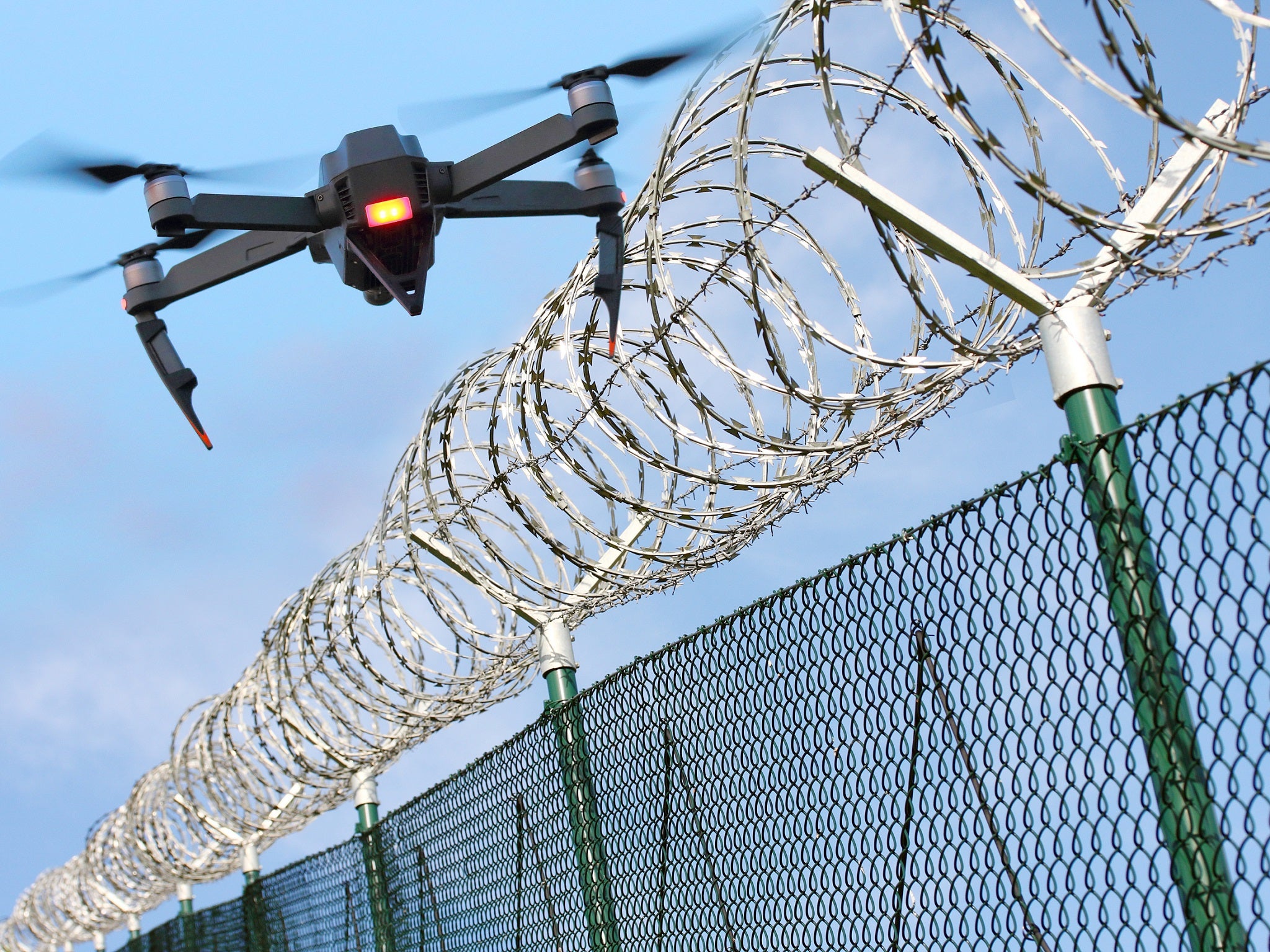Drone came within 15m of plane landing at Stansted
Device was more than 20 times allowed height at time of near-miss

Your support helps us to tell the story
From reproductive rights to climate change to Big Tech, The Independent is on the ground when the story is developing. Whether it's investigating the financials of Elon Musk's pro-Trump PAC or producing our latest documentary, 'The A Word', which shines a light on the American women fighting for reproductive rights, we know how important it is to parse out the facts from the messaging.
At such a critical moment in US history, we need reporters on the ground. Your donation allows us to keep sending journalists to speak to both sides of the story.
The Independent is trusted by Americans across the entire political spectrum. And unlike many other quality news outlets, we choose not to lock Americans out of our reporting and analysis with paywalls. We believe quality journalism should be available to everyone, paid for by those who can afford it.
Your support makes all the difference.A passenger plane landing at Stansted Airport came within 50ft of hitting a drone flying more than 20 times the allowed height.
The Boeing 737 was coming in to land at the airport in Essex at 4.46pm on 17 August when the captain spotted the drone.
The first officer then looked up and “saw a dark coloured square/rectangle shaped object pass down the right side of the aircraft with minimal separation”, according to a UK Airprox Board (UKAB) report.
The Board rated the risk of collision as Category A – the highest possible.
The aircraft was checked for evidence of contact or damage once it was on the ground but none was found.
It is not known whether there were passengers on the plane at the time of the incident.
It is understood the person flying the drone, who was in breach of the Air Navigation Order 2009, has not been found.
The Airprox Board, which investigates near-misses, said: “The drone was being flown above the maximum permitted height of 400ft such that it was endangering other aircraft at that location.”
It added: “The board considered that the pilot’s overall account of the incident portrayed a situation where providence had played a major part in the incident and/or a definite risk of collision had existed.”
The report from November revealed there were a further four Category A serious risk of collisions between passenger planes and drones in July and August this year.
A Civil Aviation Authority spokesman told the BBC: “It is totally unacceptable to fly drones close to airports and anyone flouting the rules can face severe penalties including imprisonment.
“Anyone operating a drone must do so responsibly and observe all relevant rules and regulations. The rules for flying drones are designed to keep all airspace users safe.”
The number of near-misses between drones and aircraft rapidly increased from six events in 2014 to 93 in 2017.
A previous report by UKAB found a drone was deliberately flown towards a PA31 aircraft as it was coming in to land at RAF Northolt, west London, on 11 June.
The gadget was flown just 20 feet below the plane.
A drone owner became the first in the UK to be prosecuted for interfering with a police operation after flying his £900 device into the path of a search helicopter in Cambridgeshire on 9 December 2017.
He was ordered to pay fines and court costs totalling £464 and to give up his drone after he was found guilty of making an unsafe drone flight at Peterborough Magistrates’ Court last month.
Research part-funded by the Department for Transport found that a drone weighing 400 grams could smash a helicopter windscreen, and one weighing 2kg could critically damage an airliner’s windscreen.
Join our commenting forum
Join thought-provoking conversations, follow other Independent readers and see their replies
Comments